The Camino de Santiago, or “The Way of St. James,” represents one of the world’s most significant pilgrimage networks, leading to the shrine of the Apostle Saint James in Santiago de Compostela, northwestern Spain. While this ancient spiritual journey has drawn millions of pilgrims for over a millennium, a remarkable revival is taking place in Croatia, where medieval pilgrimage routes are being restored and promoted as part of the broader Camino tradition.
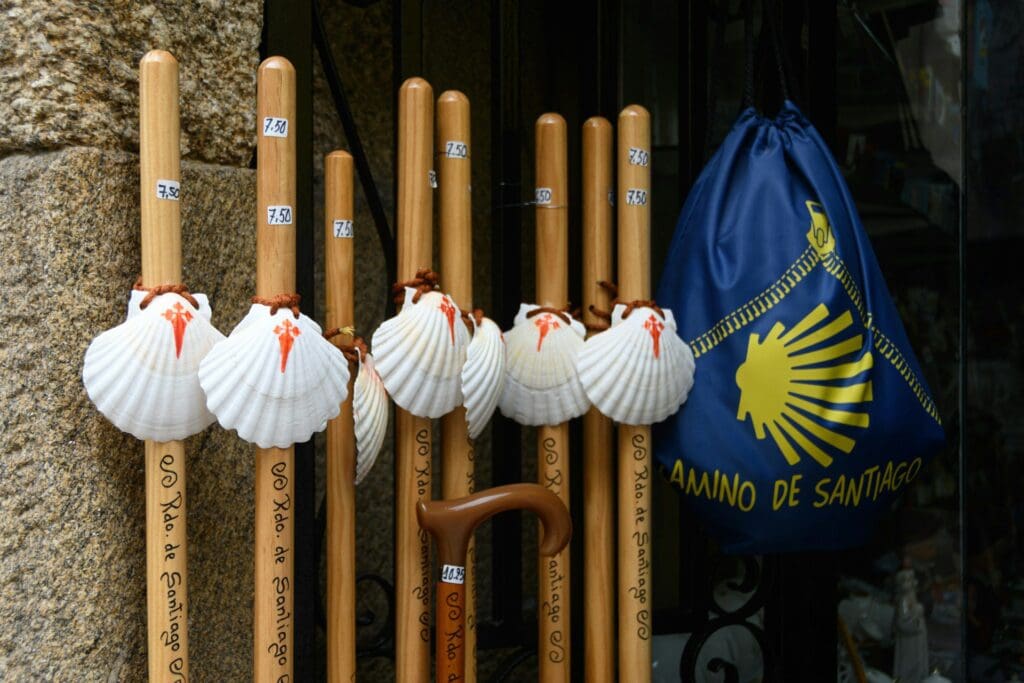
The Original Camino: A Journey of Faith and Discovery
The Camino de Santiago is fundamentally a network of pilgrimage routes that have served spiritual seekers for centuries. The tradition began in the 9th century following the discovery of Saint James the Great’s relics, establishing Santiago de Compostela as one of Christianity’s most important pilgrimage destinations alongside Rome and Jerusalem.
The iconic scallop shell serves as the Camino’s universal symbol, representing the diverse paths pilgrims take as they converge toward Santiago de Compostela. Beyond its religious significance, the Camino has evolved into a transformative journey of self-discovery, reflection, and spiritual renewal, attracting not only traditional pilgrims but also hikers, cyclists, and cultural tourists seeking meaningful travel experiences.
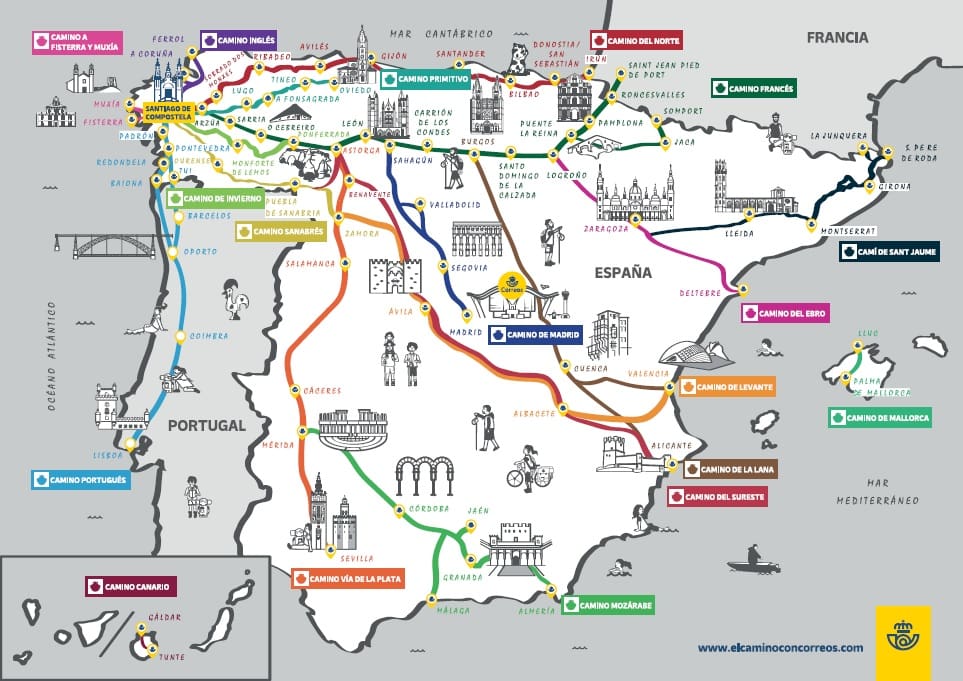
Croatia’s Medieval Pilgrimage Heritage
Croatia’s connection to the Camino de Santiago runs deep through history. Since 1203, Croatians have organized pilgrimages to the shrine of St. James in Santiago de Compostela, establishing a tradition that spans more than eight centuries. This rich heritage forms the foundation for Croatia’s ambitious project to revive and restore its medieval pilgrimage routes.
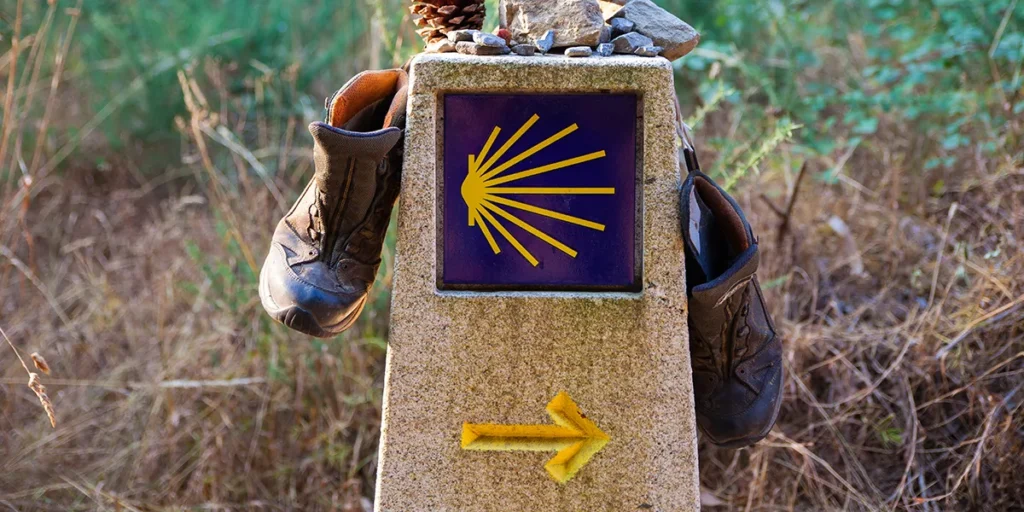
Camino Croatia: Reviving Ancient Paths
The Camino Croatia initiative aims to restore and promote these historic medieval routes, creating a comprehensive network that covers more than 3,000 kilometres of pilgrimage paths across the country. This extensive network represents one of Europe’s most ambitious pilgrimage restoration projects.








The project focuses on several key objectives:
- Historical Restoration: Reviving and improving these ancient routes to their former significance
- Sacred Heritage: Many paths pass by important churches, chapels, and other religious sites, creating a rich tapestry of spiritual and cultural experiences
- Infrastructure Development: Creating proper pilgrim infrastructure including waymarking, accommodation, and support services
Current Status and Development







The complete route has 20 route stages and stretches’ over 2.000 km. Currently 5 stages are active (way marked and with pilgrim infrastructure), with others in development. The complete network is planned to consist of 20 stages, making it accessible for various types of journeys, from weekend walks to week-long pilgrimages.
Active routes allow modern pilgrims to follow in the footsteps of Croatian pilgrims who have walked these paths since the 13th century, offering a unique opportunity to experience both Croatia’s natural beauty and its rich cultural-historical heritage.
Official Recognition and Authenticity

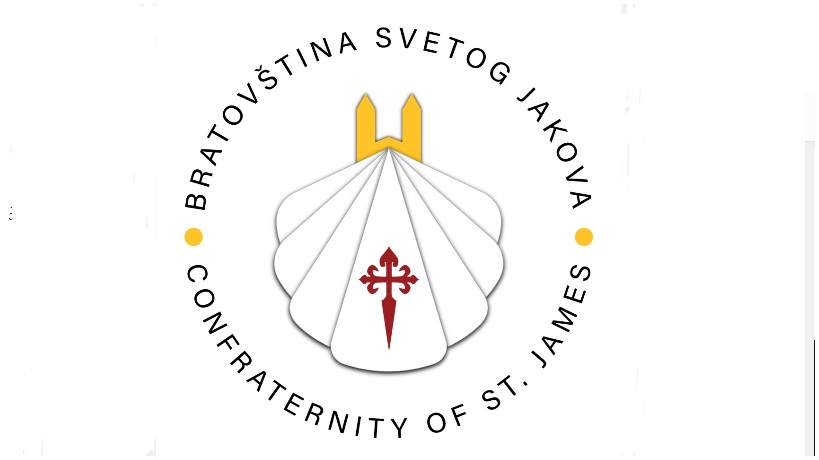
While the popularity of Camino routes in Croatia is growing, it’s important to note that not every path marketed as “Camino” receives official recognition. Organisations like the Brotherhood of Saint James (Bratovština svetog Jakova) carefully evaluate routes for official status. Some routes, such as “Camino Dubrovnik,” have not yet received official recognition from these traditional Camino organisations, highlighting the importance of distinguishing between officially recognised paths and those still in development.
Planning Your Croatian Camino Experience
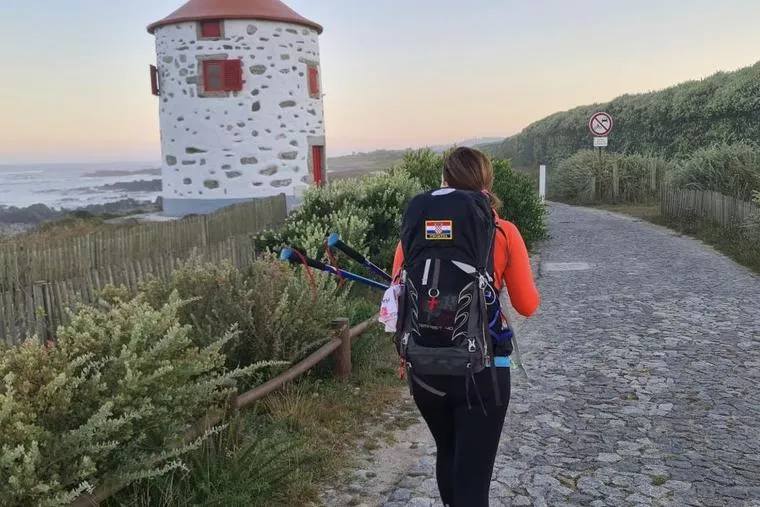
For those interested in experiencing the Croatian Camino, the network offers flexibility for different types of journeys:
- Weekend Walks: Perfect for those wanting to sample the experience
- Week-long Pilgrimages: Ideal for deeper spiritual and cultural immersion
- Extended Journeys: Following multiple stages for a more comprehensive experience
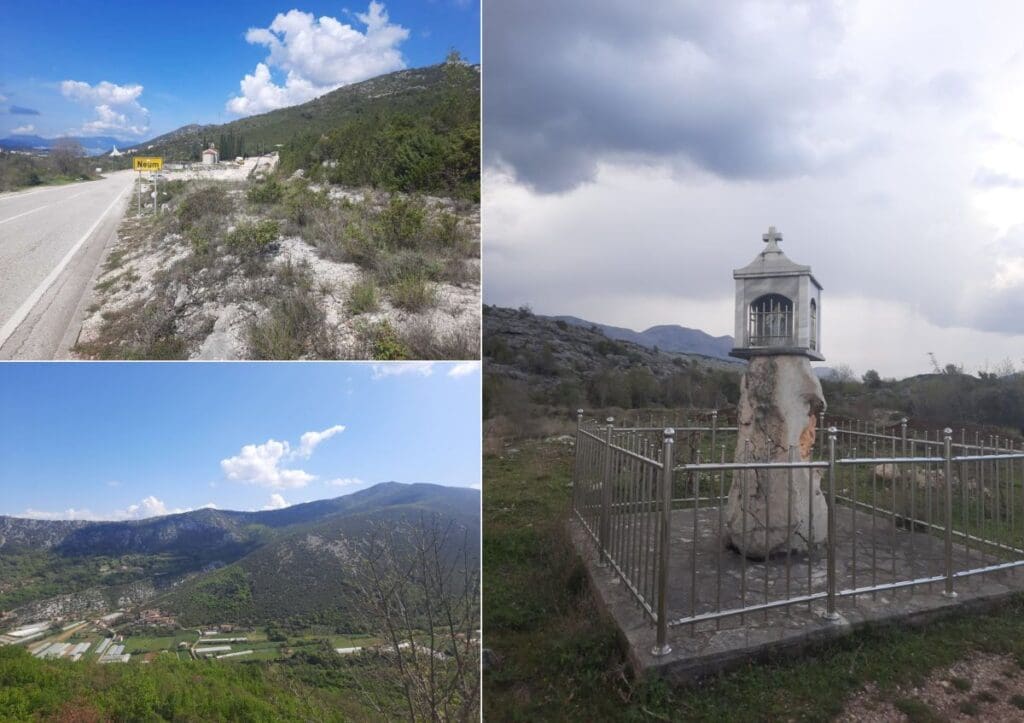
The routes showcase Croatia’s diverse landscape and rich cultural heritage, passing through regions that have preserved centuries of pilgrimage tradition while offering modern amenities for contemporary travellers.
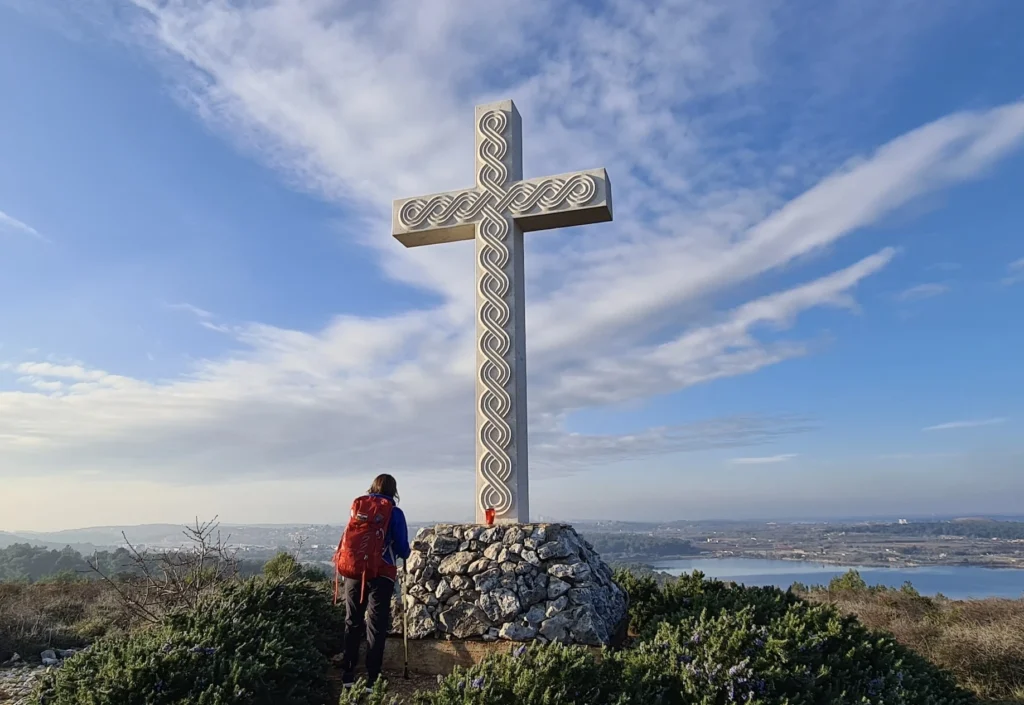
The Broader Camino Experience
Whether walking the traditional Spanish routes or exploring Croatia’s medieval paths, the Camino experience transcends mere hiking or tourism. It represents a journey of personal discovery that has enriched millions of lives through the centuries. The Croatian routes offer a unique perspective on this tradition, allowing pilgrims to explore a lesser-known but equally meaningful chapter of European pilgrimage history.
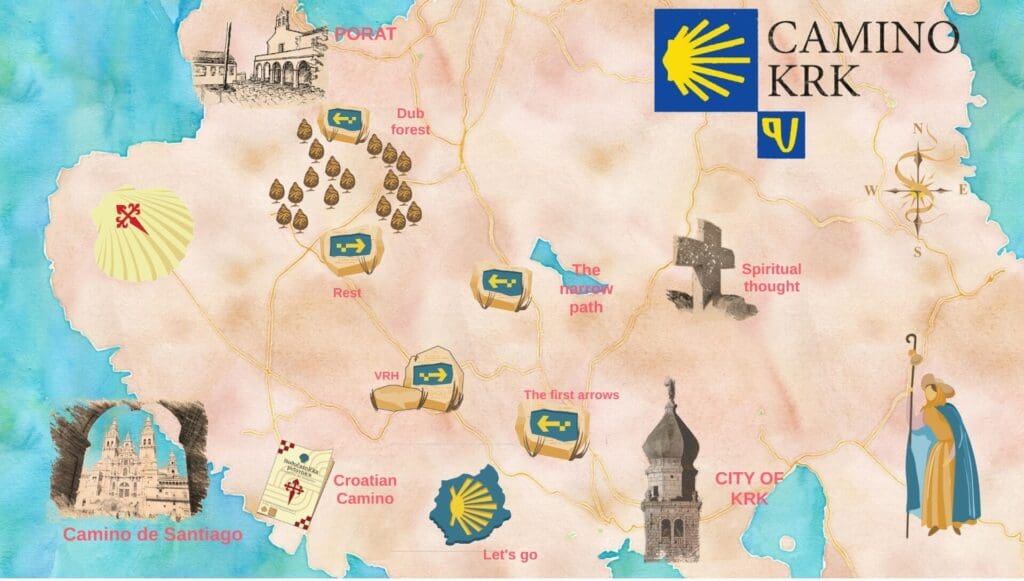
As Croatia continues to develop its Camino network, it joins a growing movement across Europe to preserve and promote pilgrimage routes that connect communities, cultures, and spiritual traditions. These paths serve not only as physical journeys but as bridges between past and present, offering modern travellers the opportunity to walk in the footsteps of countless pilgrims who have sought meaning, peace, and transformation along these ancient ways.
The revival of Croatia’s Camino routes represents more than tourism development—it’s a restoration of cultural memory and spiritual heritage that connects Croatia to the broader European pilgrimage tradition while celebrating its own unique contribution to this centuries-old practice of sacred travel.

